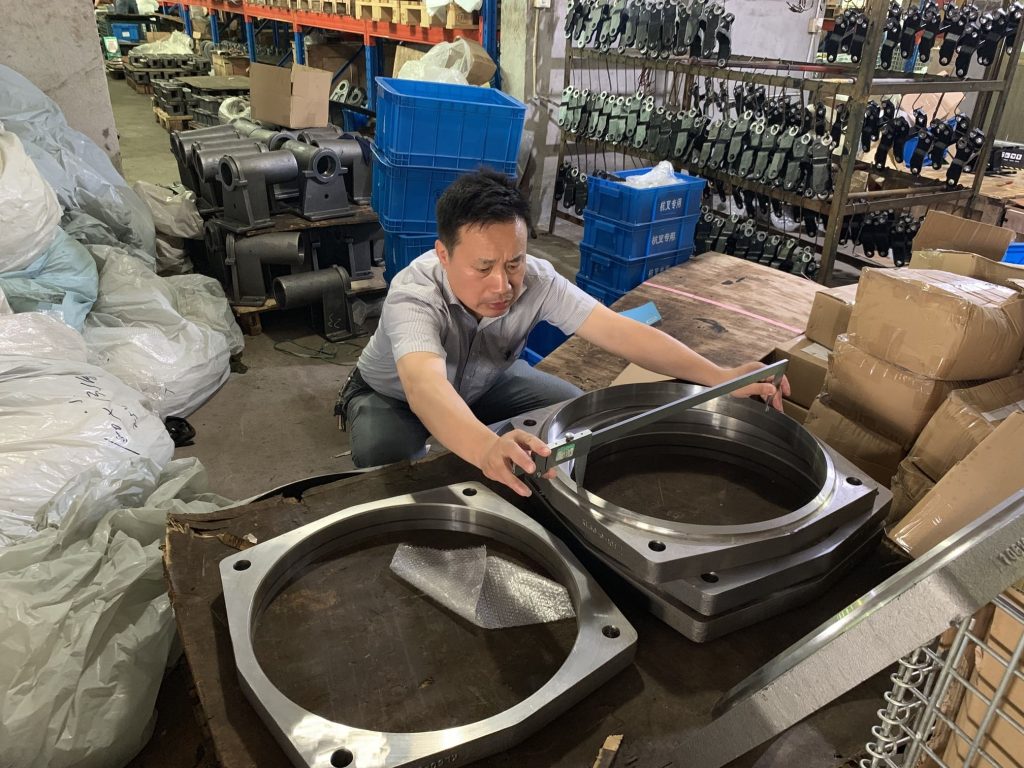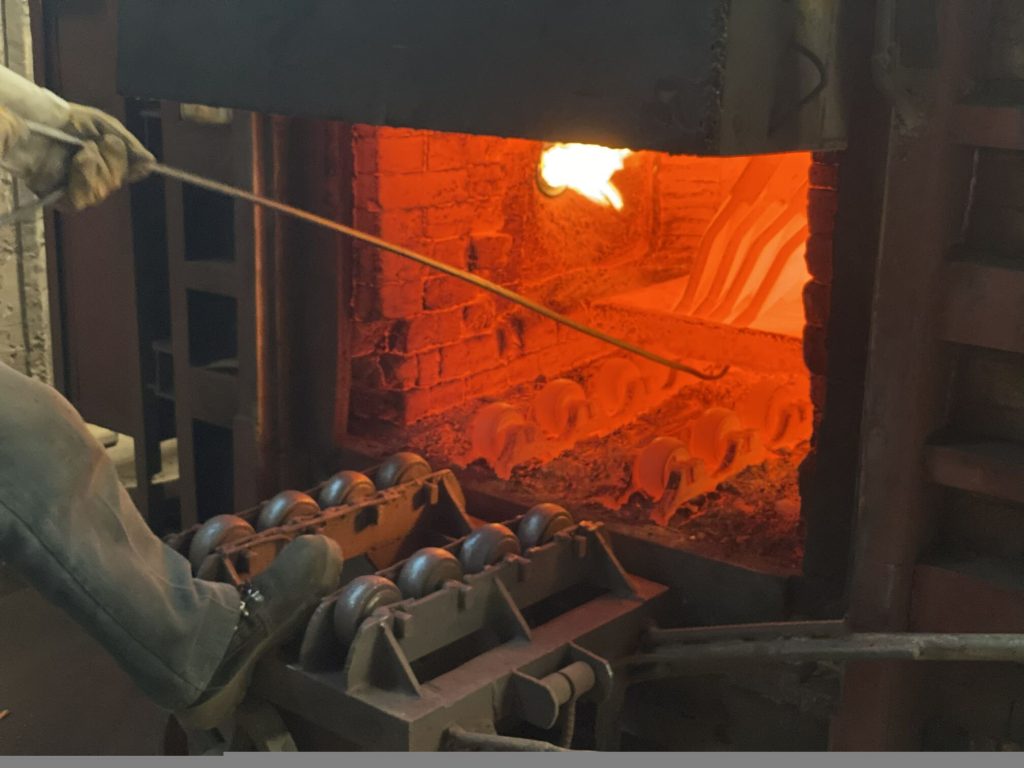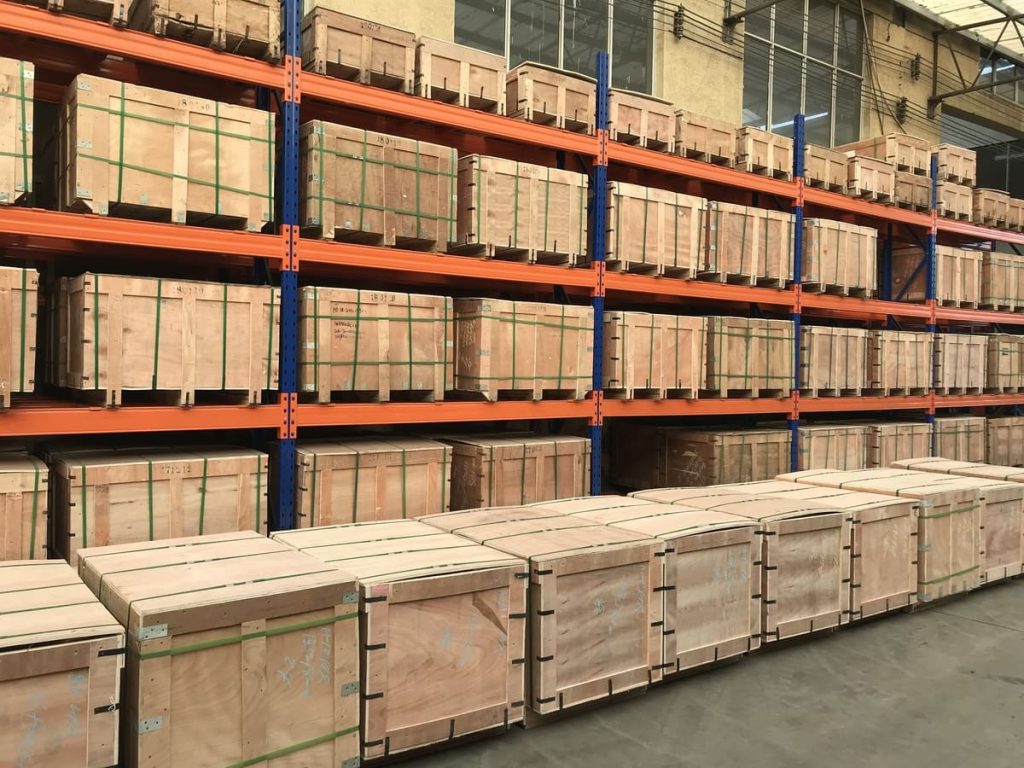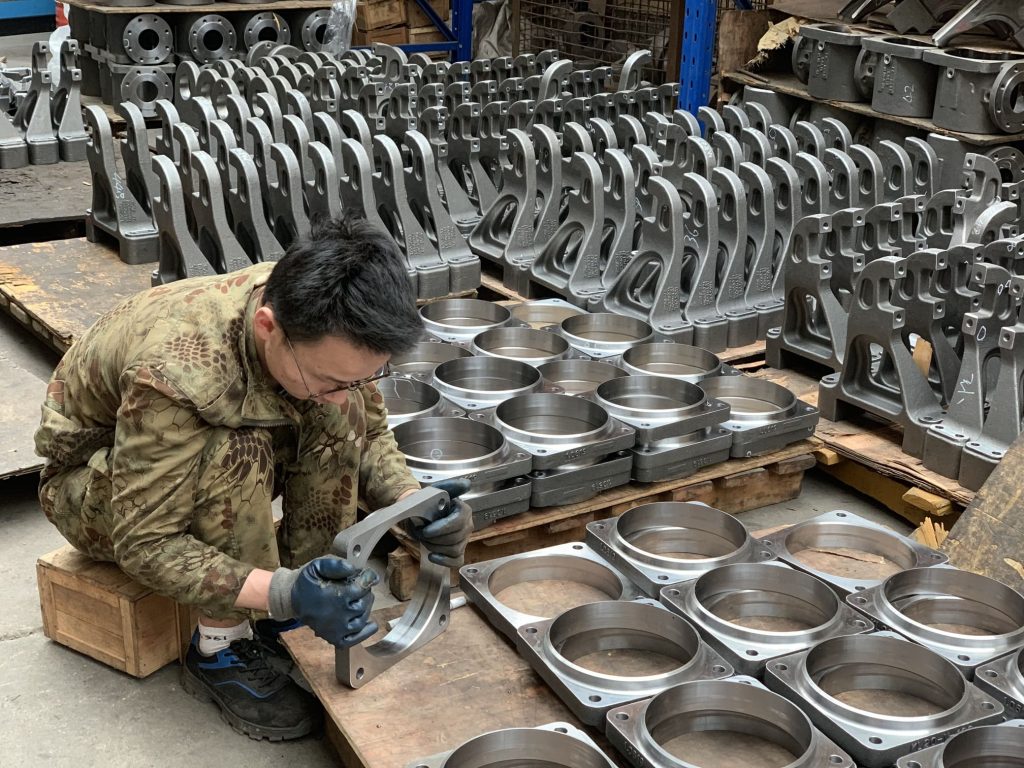Let’s push the limits of what is possible, together. Ask your Investment Casting experts.
In addition to making casting blanks, we can also provide the value-added services listed below to enhance our investment castings services and deliver completed goods to our clients:
Our engineers have extensive knowledge of the investment casting process and know what works best. A few minor adjustments to a part’s design can occasionally result in significant production time and expense savings. Additionally, these modifications will significantly enhance the functionality of your products. As a result, we provide engineering and design support to make the production of your investment cast parts simpler and less costly.
Our group will collaborate closely with your product engineers to optimise part designs to save costs and increase production efficiency. Even though we might not be thoroughly familiar with the steps required in applying your product, we can simplify the casting process by locating and removing any potential trouble spots in your designs. Optimised designs can drastically cut down on material waste and the need for machining or other secondary operations, saving the entire cost of production.
Even though our foundry produces unrivalled investment castings of the highest calibre, there are some unique items for which we must still perform machining operations in stages such as drilling, facing, boring, and so on due to strict tolerances. Rough and precision machining are two categories into which the machining activities can be separated. General machining tools, like boring and drilling machines, NC lathes, and so on, are used for rough machining. However, when there is a stricter tolerance need, precision machining is required. Since precise dimensions and tolerances are done using a CNC, precision machining costs significantly more than rough machining.
Investment castings are typically dipped in anti-rust water or oil before packaging to prevent corrosion. The most popular method for investment castings is, therefore, oil/water anti-rust paint. However, additional surface treatment techniques like electropolishing, galvanisation, powder coating, colour painting, and so forth are also used on investment castings. Every kind of surface treatment has a unique function or set of properties.
Various post-treatments are available from us, and they can be completed on-site or by one of our certified subcontractors. Our wide selection of investment casting finishes is helping an increasing number of our clients.


To improve working performance, heat treatment is used to alter the chemical and physical properties. Following investment castings, standard heat treatment techniques include normalisation, tempering, quenching, case hardening, etc.
We can create more vital, more durable goods, and able to provide our customers with in-house heat treatment services. Heat treatment is essential for investment cast components, particularly when the products must withstand extremely severe or acidic conditions. Your products’ service life will increase with their strength. Many investment casting components undergo our heat treatment procedure to your unique requirements.
Due to the lengthy delivery times, particularly for sea shipment, we must safeguard the shipped investment castings from harm. Products are typically packaged using polybags before being placed in typical wooden cases.
Retaining Services: Passivation is a surface treatment technique that reduces surface oxidation on cast stainless steel components. We improve the metal components’ resistance to corrosion by cleaning and treating them with an acidic solution.
Solidification analytic: We use the most recent solidification and flow analytical techniques when building the gating and runner systems for our process. Using this service, we can confirm the flow and solidification properties before the product is run, which increases the possibility that we will produce high-quality components the first time. This saves significant time and lowers expensive scrap.


The most trustworthy method for examining investment cast components is non-destructive testing, or NDT. How these tests are conducted has no bearing on the product’s potential utility in the future. Our investment casting professionals can thoroughly analyse your finished cast components without causing any damage or alteration thanks to non-destructive testing, which makes it possible to solve problems and straightforwardly evaluate products.
